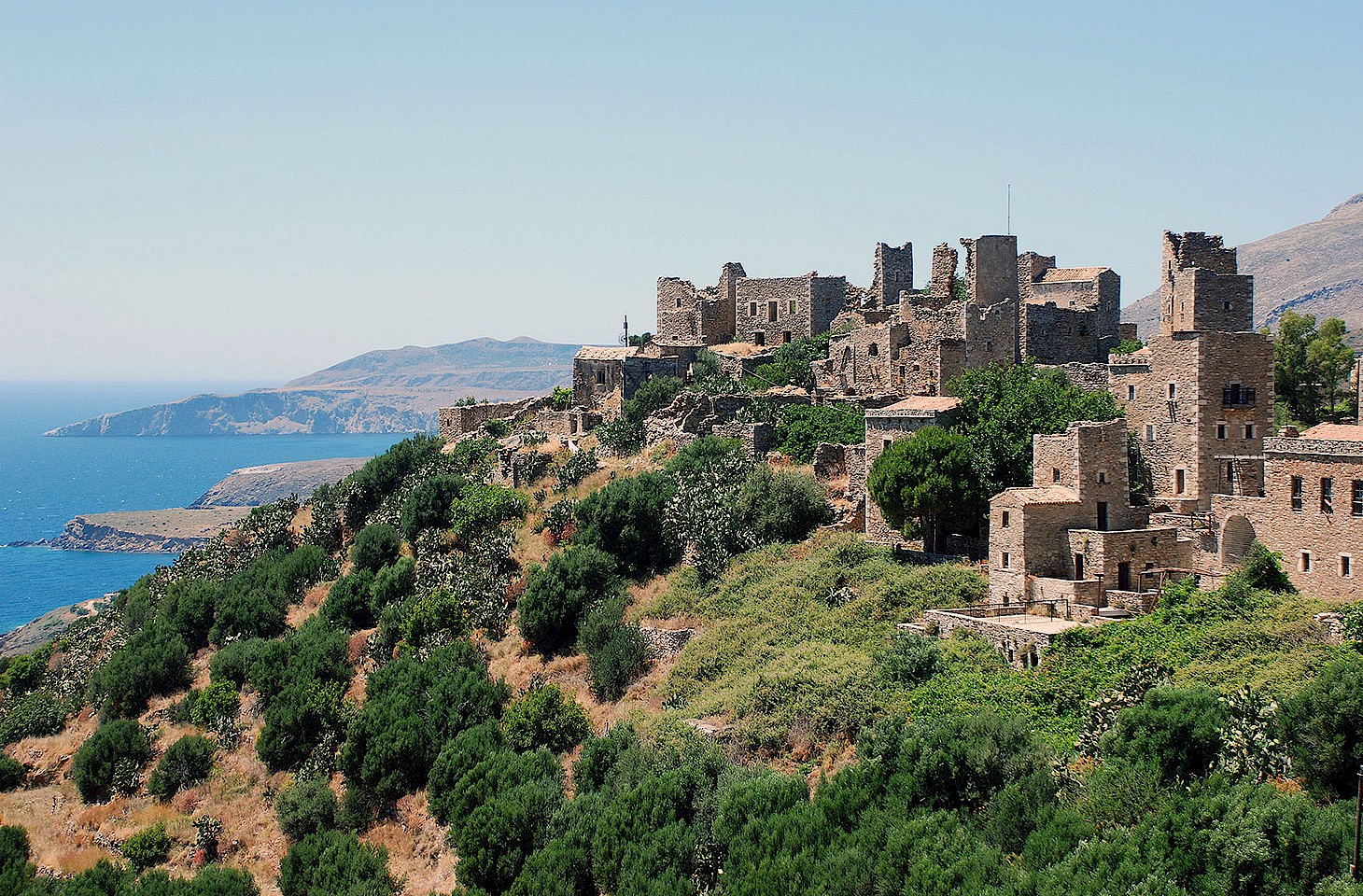Dear fellow travellers
The cult status surrounding Josip Broz Tito, the onetime president of Yugoslavia, shows no sign of diminishing almost thirty years after his death. True, there were demonstrations in Zagreb earlier this year demanding that Marshall Tito Square be renamed Theatre Square (as it had been called back in the nineteen forties). But the Zagreb city authorities show no sign of budging on the issue, and travellers in the republics that were once part of Yugoslavia will run across no end of Titoesque toponyms.
The capital of Montenegro, Podgorica, was until 1992 called Titograd. Okay, the city name has changed but it still has a Tito Street. As do dozens of other towns, large and small, across the region. Opatija in Croatia, Jesenice in Slovenia and Subotica in the Vojvodina region of northern Serbia. Macedonia's highest mountain peak recalls the former Yugoslav leader in its name Titov Vrv.
the Sar mountains (Kosovo)
Most hikers bound for Titov Vrv and the Sar mountains set off from the old ski resort at Popova Sapka in Macedonia. But there is another way to approach the mountain, and that is from the west and Kosovo. Few travellers to Kosovo ever make it to the extreme southwest corner of the country. Here, in the narrow mountain valleys south of Prizren, is a landscape of quite delicious beauty.
The road up to Brod gets more rutted every year but this tiny Kosovo village under the shadow of the Sar mountains is a reminder that foreign aid for the upstart territory has yet to make any positive impact on the infrastructure in remoter parts of Kosovo. Brod is a farming community, a place where men who tend animals by day sit around in the evenings in the sole café and drink a rather sickly malt drink called boza. Cattle, sheep and goats are the livestock mainstays, though the odd chicken picks its way between the old Ottoman style houses that line Brod's narrow streets.
Everyone in Brod is Muslim. Outsiders might think that Brod is populated by Albanian Kosovars, but actually the residents of Brod, like those of Restelica over the hill, are Gorani. There's not a lot of love lost between the Gorani and their neighbours. This past week or two the Gorani have been tussling with the Kosovo authorities over their wish to maintain a Slavic educational orientation in their primary schools.
The Gorani are an almost forgotten ethnic minority, living tucked away in the hills south of Prizren. They defy regular crude distinctions about Kosovo, where usually speakers of Slavic languages are Orthodox. Not so the Gorani. Although they speak a south Slavic dialect called Torlak, they are actually Muslim. So the end of Ramadan early this coming week will be as much a matter for rejoicing in Brod as ever it is in Kosovar Albanian communities.




